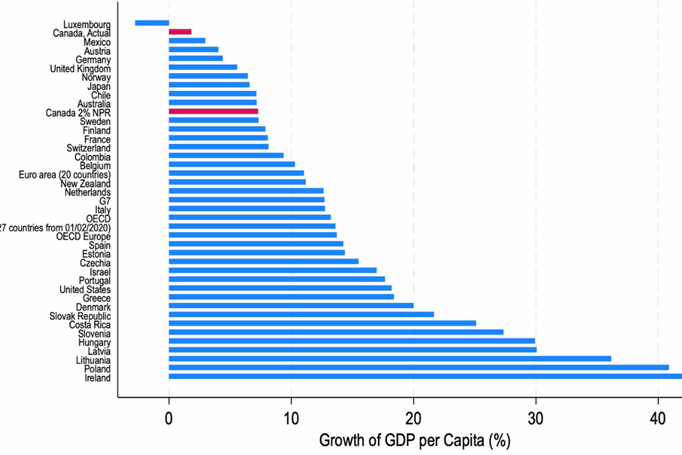TORONTO, Mar. 18, 2014 – Social Capital Partners (SCP) and the Ontario government’s Office of Social Enterprise are collaborating to explore a pay-for-performance model that will increase access to employment opportunities for persons with disabilities, new Canadians and other traditionally disadvantaged groups. With support from the Ontario Ministry of Economic Development, Trade and Employment, SCP will conduct a feasibility study commencing this spring. Based on the findings from the study, the expected outcome will be the implementation of a pilot in partnership with one or more Canadian bank lenders.
The concept for this new social finance initiative has emerged as an extension of SCP’s current work. Through the Community Employment Loan Program launched in 2006, SCP facilitates access to financing for entrepreneurs and franchisees who commit to hiring individuals at a disadvantage in securing work. The terms of these Community Employment Loans are directly linked to outcomes: for every employee a business owner hires and retains from one of SCP’s community partners, the interest rate on the loan decreases.
Building upon this work, SCP is partnering with the Ontario government to develop the next phase – a modified new model that has significant potential for scale because it would be delivered, in part, through bank branches in local communities. The idea is to adapt the key features of the Community Employment Loan – namely financing terms that improve based on employment retention outcomes – and make them available to every small business owner and entrepreneur taking on a small business loan. This transition, which entails the integration of a social finance tool into a mainstream financial institution offering, is pivotal to achieve true scale.
Share with a friend
Related reading
Blame the denominator, not the economy
Over the last couple of years, there have been countless articles warning of Canada’s poor economic performance. The mic drop has increasingly been Canada’s poor performance relative to peer countries on “GDP per capita,” with growth rankings used to draw a variety of sweeping, negative conclusions about Canada’s economy. SCP CEO Matthew Mendelsohn and Policy Director Dan Skilleter draw on economist and SCP Fellow Dr. Gillian Petit's new research to explain why GDP per capita is a deeply flawed measurement for evaluating rich countries - and is easily influenced by a variety of factors having little to do with economic performance or economic well-being.
Non-Permanent Residents and their impact on GDP per capita | Summary
New research by economist and SCP Fellow Gillian Petit estimates what Canada’s GDP per capita would have been over the past decade if Canada had kept our temporary resident numbers stable. She also estimates the expected impact on GDP per capita in the coming years due strictly to planned reductions in Canada's intake of non-permanent residents. Among key findings: Canada’s GDP per capita is misleading and should not be used as if it were the sole indicator of economic well-being. Plus, if we had maintained our temporary resident numbers at two percent of the population in recent years, Canada’s GDP per capita would look much more like our peer countries: a little bit ahead of countries like Germany, the United Kingdom and Australia and a little bit lower than countries like Belgium, Sweden and France.
Non-Permanent Residents and their impact on GDP per capita | Report
New research by economist and SCP Fellow Gillian Petit estimates what Canada’s GDP per capita would have been over the past decade if Canada had kept our temporary resident numbers stable. She also estimates the expected impact on GDP per capita in the coming years due strictly to planned reductions in Canada's intake of non-permanent residents. Among key findings: Canada’s GDP per capita is misleading and should not be used as if it were the sole indicator of economic well-being. Plus, if we had maintained our temporary resident numbers at two percent of the population in recent years, Canada’s GDP per capita would look much more like our peer countries: a little bit ahead of countries like Germany, the United Kingdom and Australia and a little bit lower than countries like Belgium, Sweden and France.

